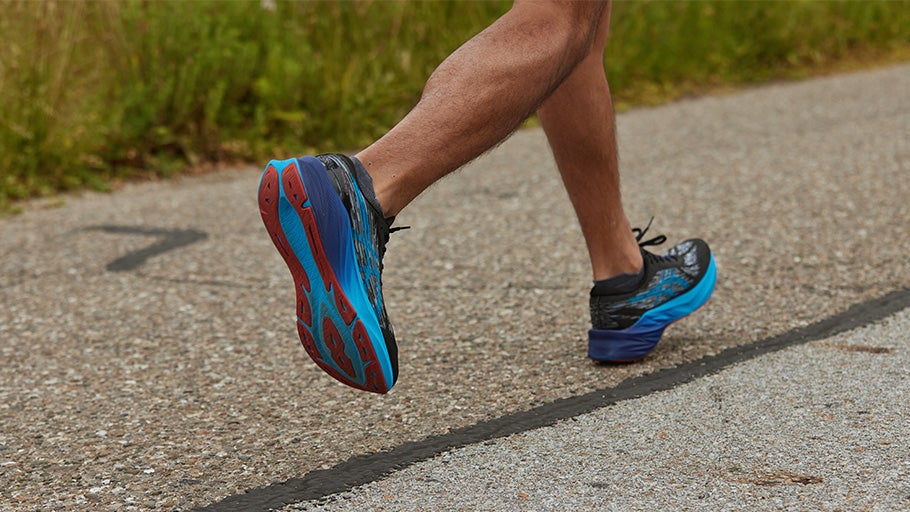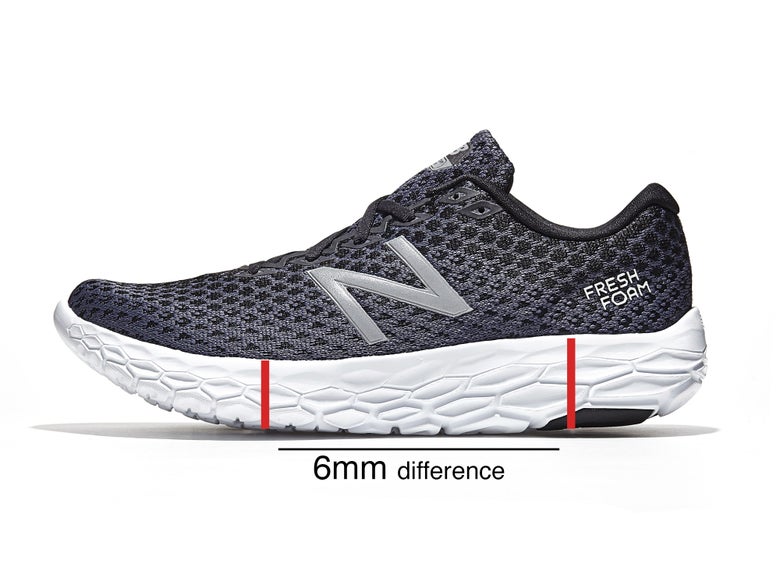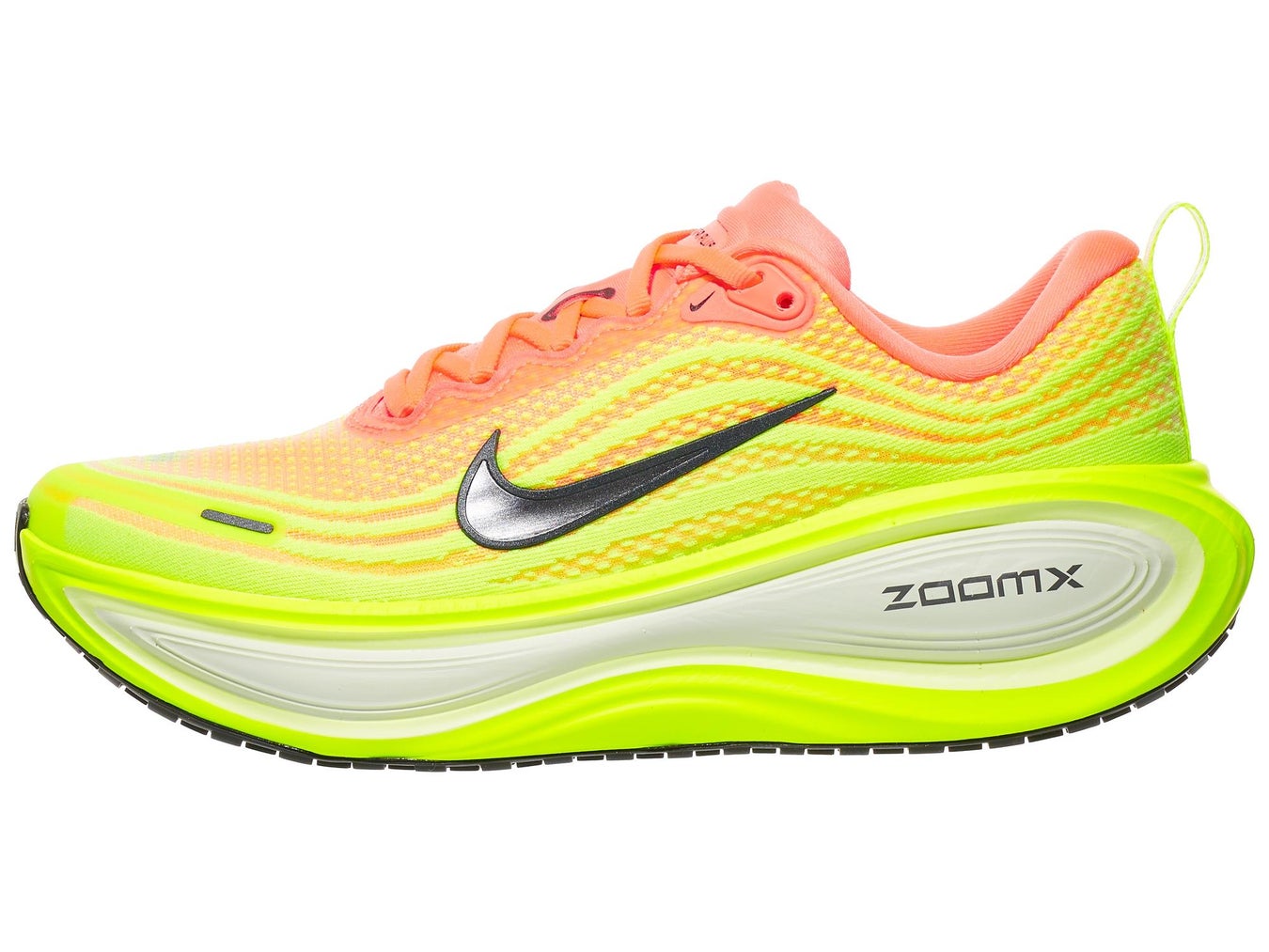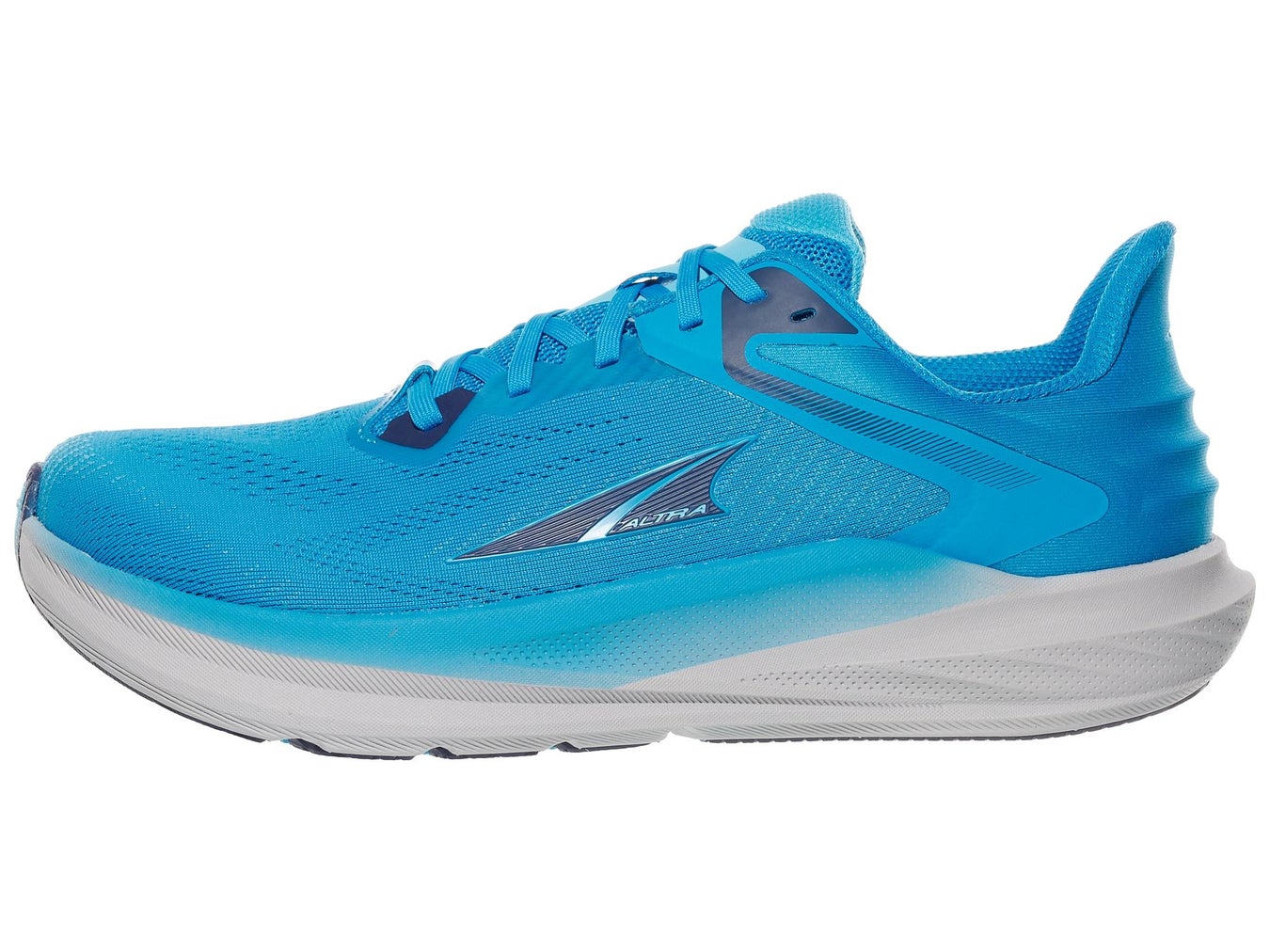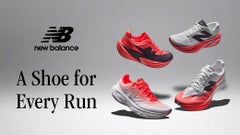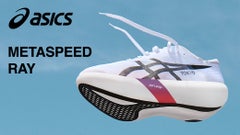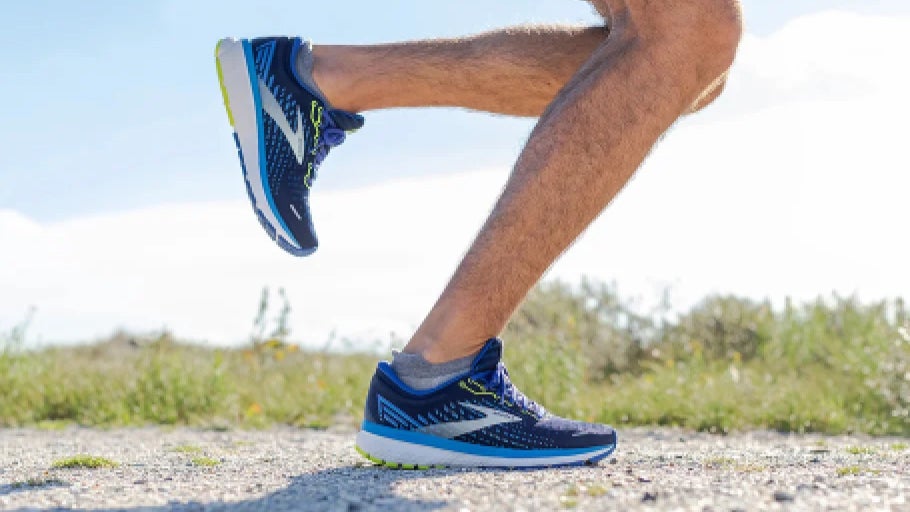
Running Shoe Offsets Explained
If you’ve spent any time around running nerds, you’ve probably heard the term “heel-to-toe drop". It’s one of those specs that runners debate endlessly, with some runners swearing by low or even zero-drop shoes, while others prefer the extra cushioning of a higher drop. So what does heel-to-toe drop really mean, and why does it matter?
What is Heel-to-Toe Drop?
Heel-to-toe drop, also known as offset or just "drop", is the vertical height difference between the midsole material under the heel and under the forefoot of a shoe. This measurement, expressed in millimeters, indicates how much higher the heel sits relative to the forefoot. For example:
| Heel Stack: | Forefoot stack: | Heel-to-toe drop (offset): |
| 37 mm | 27 mm | 10 mm |
A shoe with a 37 mm heel stack of material under the heel and 27mm of material under the forefoot would have a 10 mm difference in material, giving it a heel-to-toe drop of 10 mm.
Most running shoes have more material under the heel to help absorb the impact of landing. Running shoes with a lower heel-to-toe drop have a more uniform thickness of material under the entire foot.
Stack Height vs. Heel Drop
While a shoe's heel-to-toe drop and stack height are both factors to consider when purchasing shoes, it's important to know the difference between the two.
- Heel-to-toe drop is the difference measured between how much material is in the heel and the forefoot of a shoe
- Stack height refers to the amount of cushioning in the shoe's midsole, separating your feet from the ground.
It's also worth keeping in mind that a low stack height doesn't necessarily mean a shoe has a low heel-to-toe drop, and vice versa. For example, HOKA shoes are known for their low-drop and high-stack shoes.
Stack Fact:
Low stack height shoes offer more ground feel and responsiveness, whereas a higher stack height provides more underfoot protection and shock absorption.
A shoe with more cushioning will have a higher stack height, while a shoe with less cushioning will have a lower stack height.
Does Shoe Drop Matter?
Heel-to-toe drop influences how your foot strikes the ground and how force from running is distributed through your lower body while running or walking. This can be important if you have a history of injury or reoccurring pressure in certain areas.
While it is worth considering, heel-to-toe drop is not a highly important factor when selecting your first running shoes. If you're a new runner, prioritize comfort as the main factor when deciding on which shoes to go with. You can start thinking about heel-to-toe drop when it comes time to replace your shoes or if you're building a shoe rotation.
What is the Best Amount of Drop?
There is no magical amount of heel-to-toe drop that is best for everyone. However, there are some general guidelines that may help you find your ideal level of shoe drop, taking into consideration your foot strike when running, the shape of your feet, and any injuries you may have.
A high heel-toe drop (over 7 mm) is best for runners who land heel first, have issues with their Achilles tendon, or who often wear shoes with an elevated heel.
A low heel-toe drop (from 0 to 6 mm) is best for runners who land on the middle or front of the foot.
Your foot type can also play a role in determining what drop is best for you. For people with flat feet, moderate heel drop is recommended for extra support and cushioning. Conversely, people with higher arches benefit from a lower heel to toe drop. Zero-drop shoes have the same height in the heel and forefoot and also work well for those with high arches.
Not sure about your foot strike?
If you need help determining your foot strike, you are welcome to submit a video online for our Running Warehouse experts to analyze your gait.
Is a High or Low Heel-Toe Drop Better?
Is a zero drop shoe best? Is a 10 mm drop too much? It all comes down to personal preference.
Some runners feel that a lower drop places the foot in a more natural position, similar to running barefoot. For midfoot and forefoot strikers, the extra heel cushioning of high-drop shoes often adds little benefit and may even get in the way.
On the other hand, many runners' feet land heel first. For them, a higher drop with added heel cushioning helps absorb impact and makes running more comfortable.
Injury history and weaknesses also matter. Lower-drop shoes increase the load on the calves and Achilles, while higher-drop shoes shift more pressure to the knees and hips. Choosing the right offset often comes down to balancing comfort with protecting weaker or previously injured areas.
So, is one drop type better than the other? Not necessarily. Research hasn’t proven that a specific drop is superior. The best choice is the one that feels good, supports your stride, and keeps you running comfortably.
What Heel-to-Toe Drop is Best For Walking?
Since walking naturally begins with a heel strike and rolls through the step, walkers don’t need a high-drop shoe. A heel drop under 8 mm is generally best.
Most walkers also prefer shoes with balanced cushioning rather than an exaggerated heel stack. Because walking produces less impact than running, extra heel or forefoot padding isn’t necessary for comfort.
Selecting Shoe Drop Made Simple
To Find a Shoe's Drop:
- Calculate the difference between the heel height and forefoot height (usually listed in the shoe’s product description).
Which Drop Should You Choose?
- Low/Zero Drop (0–6 mm): Feels more natural and supports midfoot or forefoot strikers.
- High Drop (7 mm+): Adds heel cushioning and works well for heel strikers.
Mix It Up:
- Using shoes with different drops in rotation can help reduce overuse injuries.
Transition Gradually:
- When switching to a shoe with a drop difference of 4 mm or more, especially to a lower drop, ease in gradually to avoid calf or Achilles soreness.
For Walkers:
- Choose shoes with a drop under 8 mm for natural, comfortable walking.
Choosing the Right Drop for Your Feet
Though it's an important piece of the puzzle, heel-to-toe drop isn’t a magic number. Some runners thrive in high-drop shoes, others swear by low or zero-drop, but the real winner is whatever feels best mile after mile. Try a few, trust your stride, and remember: the best drop is the one that keeps you running happy!
Related Articles

